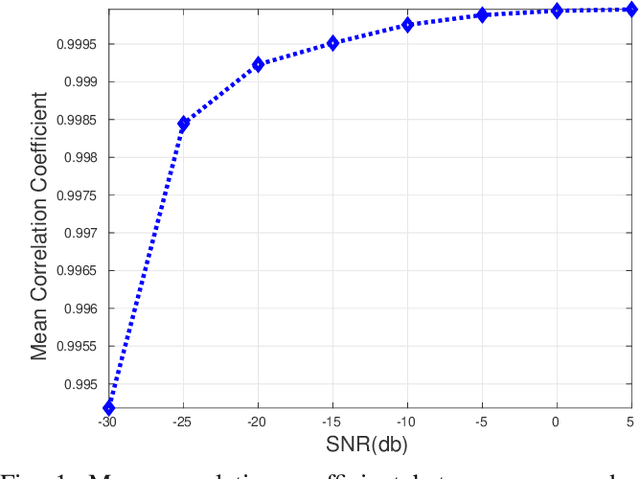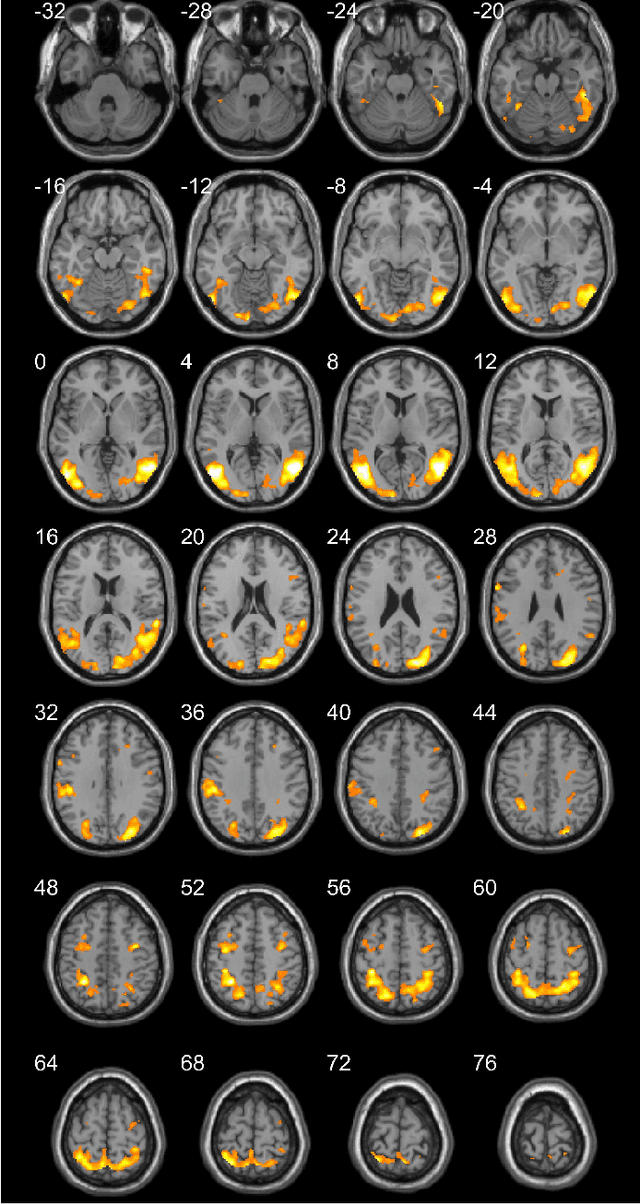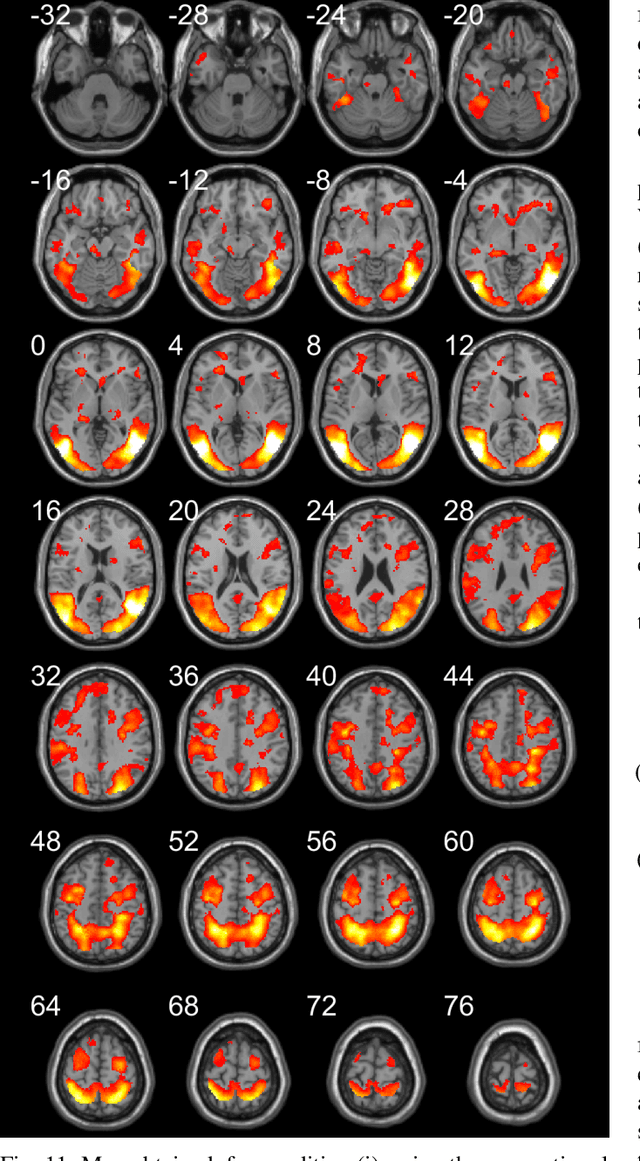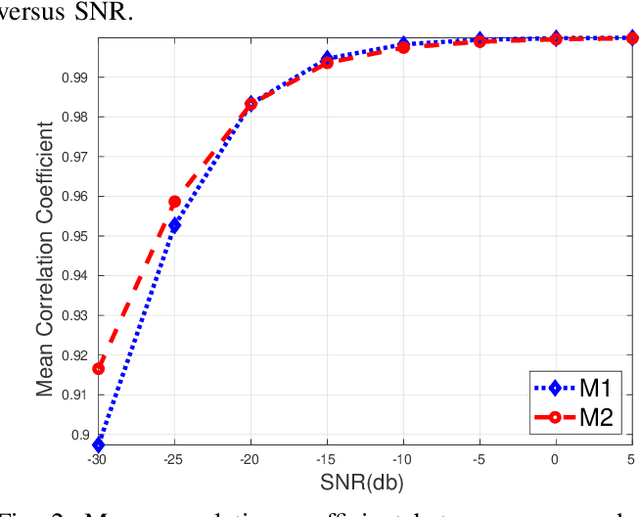Paris A. Karakasis
Revisiting Deep Generalized Canonical Correlation Analysis
Dec 20, 2023



Abstract:Canonical correlation analysis (CCA) is a classic statistical method for discovering latent co-variation that underpins two or more observed random vectors. Several extensions and variations of CCA have been proposed that have strengthened our capabilities in terms of revealing common random factors from multiview datasets. In this work, we first revisit the most recent deterministic extensions of deep CCA and highlight the strengths and limitations of these state-of-the-art methods. Some methods allow trivial solutions, while others can miss weak common factors. Others overload the problem by also seeking to reveal what is not common among the views -- i.e., the private components that are needed to fully reconstruct each view. The latter tends to overload the problem and its computational and sample complexities. Aiming to improve upon these limitations, we design a novel and efficient formulation that alleviates some of the current restrictions. The main idea is to model the private components as conditionally independent given the common ones, which enables the proposed compact formulation. In addition, we also provide a sufficient condition for identifying the common random factors. Judicious experiments with synthetic and real datasets showcase the validity of our claims and the effectiveness of the proposed approach.
Multisubject Task-Related fMRI Data Processing via a Two-Stage Generalized Canonical Correlation Analysis
Oct 16, 2022



Abstract:Functional magnetic resonance imaging (fMRI) is one of the most popular methods for studying the human brain. Task-related fMRI data processing aims to determine which brain areas are activated when a specific task is performed and is usually based on the Blood Oxygen Level Dependent (BOLD) signal. The background BOLD signal also reflects systematic fluctuations in regional brain activity which are attributed to the existence of resting-state brain networks. We propose a new fMRI data generating model which takes into consideration the existence of common task-related and resting-state components. We first estimate the common task-related temporal component, via two successive stages of generalized canonical correlation analysis and, then, we estimate the common task-related spatial component, leading to a task-related activation map. The experimental tests of our method with synthetic data reveal that we are able to obtain very accurate temporal and spatial estimates even at very low Signal to Noise Ratio (SNR), which is usually the case in fMRI data processing. The tests with real-world fMRI data show significant advantages over standard procedures based on General Linear Models (GLMs).
 Add to Chrome
Add to Chrome Add to Firefox
Add to Firefox Add to Edge
Add to Edge